-
1 of 253523 objects
Taamra Maryam ተአምረ ማርያም (the Miracles of the Virgin Mary) 1766
Ink and opaque watercolour on vellum. | 30.5 x 25.5 cm (whole object) | RCIN 1005083

Ethiopia
Taamra Maryam ተአምረ ማርያም (the Miracles of the Virgin Mary) 1766
Ethiopia
Taamra Maryam ተአምረ ማርያም (the Miracles of the Virgin Mary) 1766
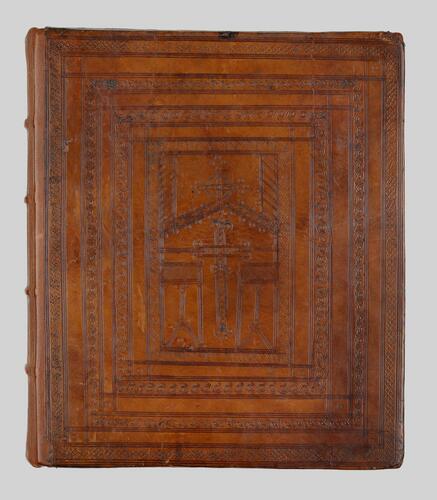
Ethiopia
Taamra Maryam ተአምረ ማርያም (the Miracles of the Virgin Mary) 1766

Ethiopia
Taamra Maryam ተአምረ ማርያም (the Miracles of the Virgin Mary) 1766
Ethiopia
Taamra Maryam ተአምረ ማርያም (the Miracles of the Virgin Mary) 1766
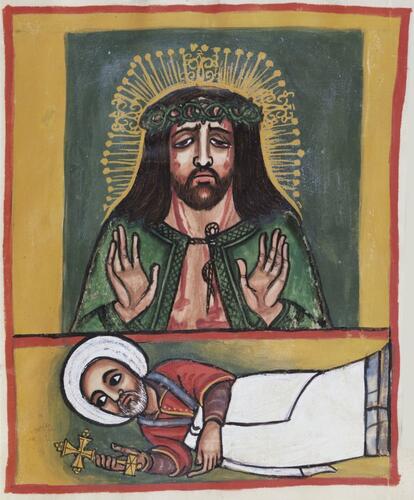
Ethiopia
Taamra Maryam ተአምረ ማርያም (the Miracles of the Virgin Mary) 1766
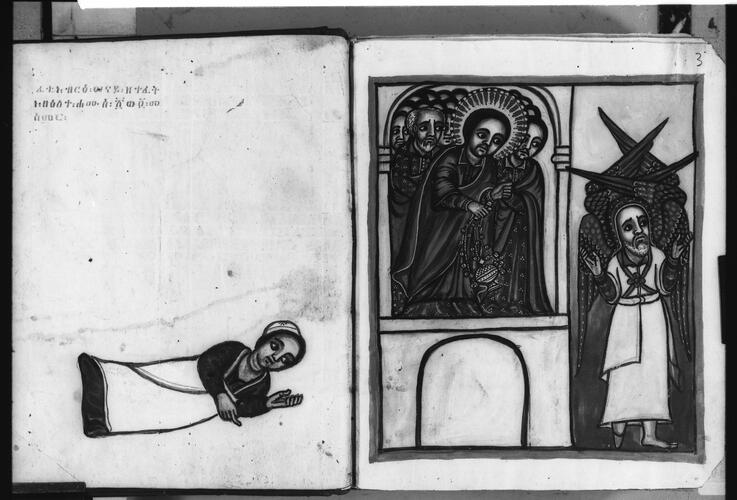
Ethiopia
Taamra Maryam ተአምረ ማርያም (the Miracles of the Virgin Mary) 1766
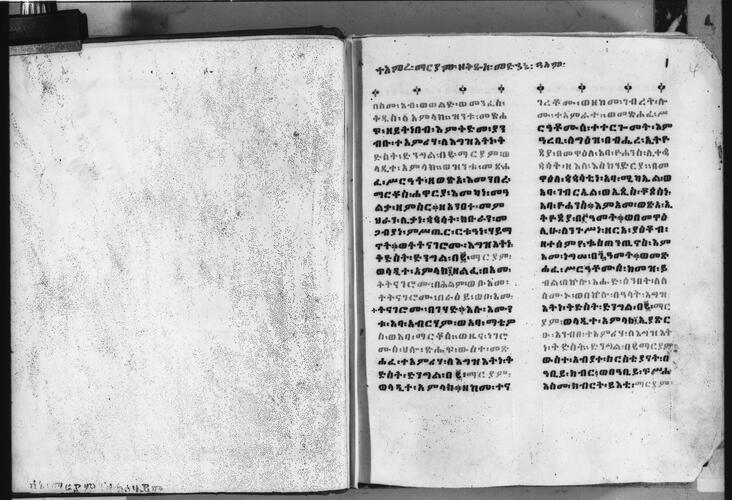
Ethiopia
Taamra Maryam ተአምረ ማርያም (the Miracles of the Virgin Mary) 1766
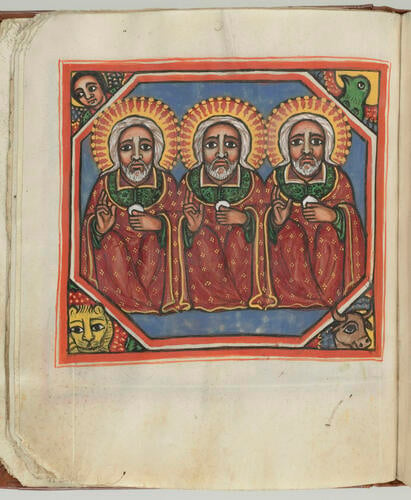
Ethiopia
Taamra Maryam ተአምረ ማርያም (the Miracles of the Virgin Mary) 1766
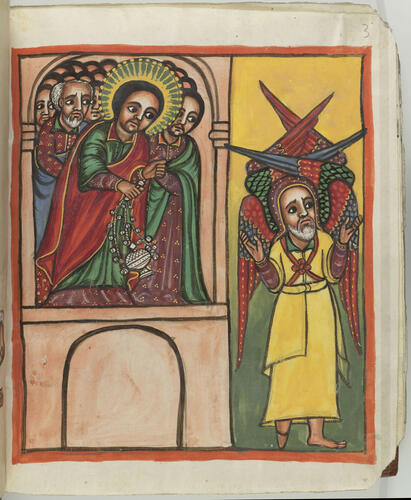
Ethiopia
Taamra Maryam ተአምረ ማርያም (the Miracles of the Virgin Mary) 1766
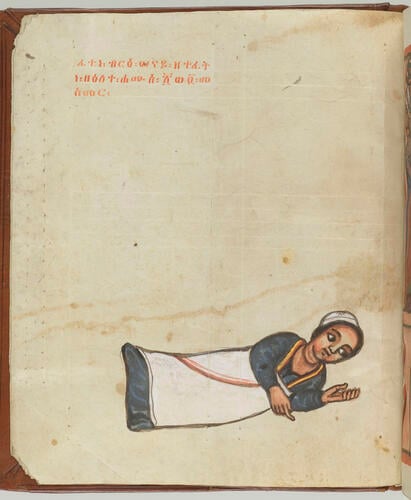
Ethiopia
Taamra Maryam ተአምረ ማርያም (the Miracles of the Virgin Mary) 1766
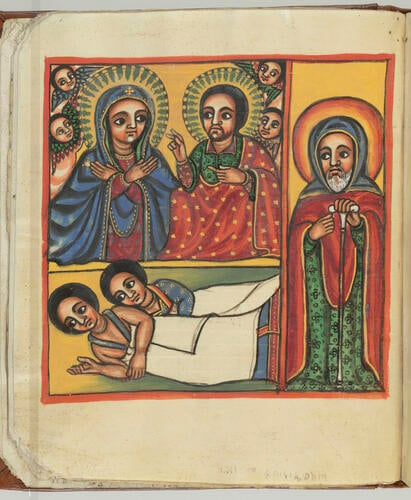
Ethiopia
Taamra Maryam ተአምረ ማርያም (the Miracles of the Virgin Mary) 1766

Ethiopia
Taamra Maryam ተአምረ ማርያም (the Miracles of the Virgin Mary) 1766

Ethiopia
Taamra Maryam ተአምረ ማርያም (the Miracles of the Virgin Mary) 1766

Ethiopia
Taamra Maryam ተአምረ ማርያም (the Miracles of the Virgin Mary) 1766
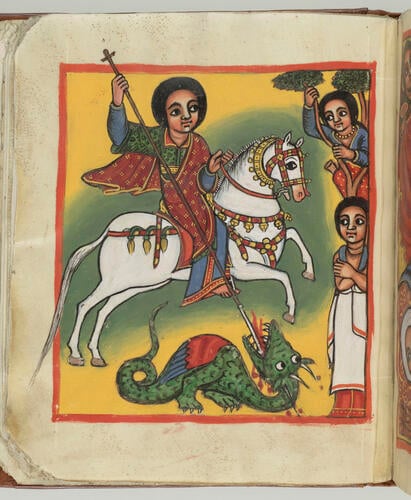
Ethiopia
Taamra Maryam ተአምረ ማርያም (the Miracles of the Virgin Mary) 1766
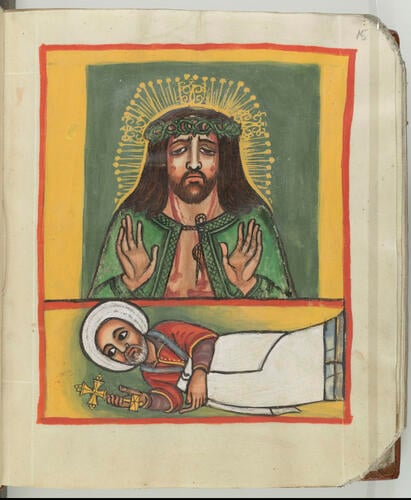
Ethiopia
Taamra Maryam ተአምረ ማርያም (the Miracles of the Virgin Mary) 1766
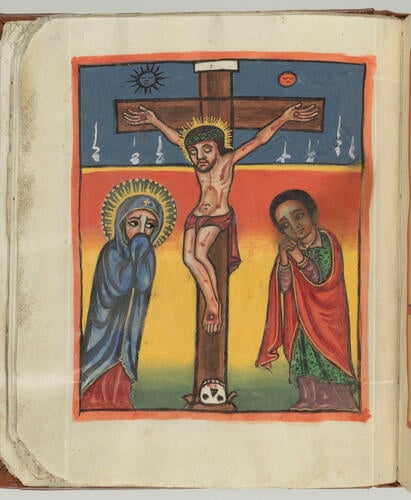
Ethiopia
Taamra Maryam ተአምረ ማርያም (the Miracles of the Virgin Mary) 1766
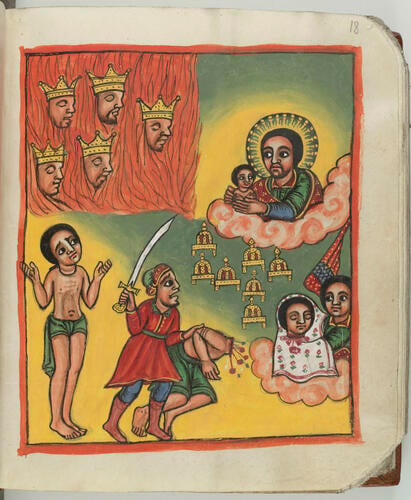
Ethiopia
Taamra Maryam ተአምረ ማርያም (the Miracles of the Virgin Mary) 1766
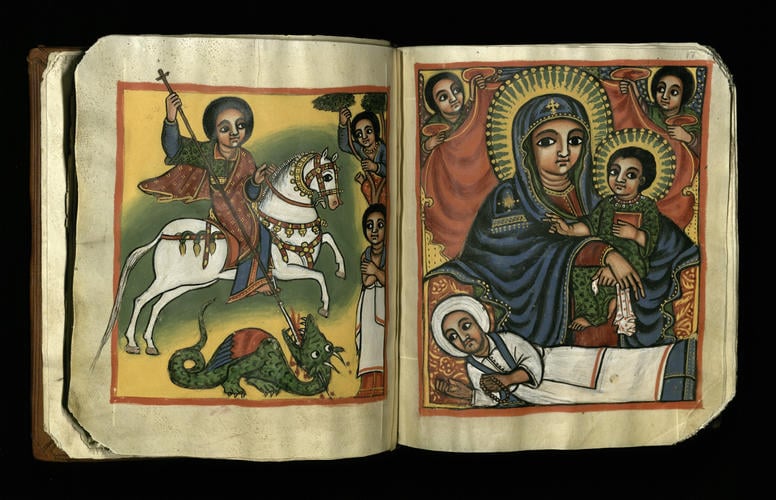



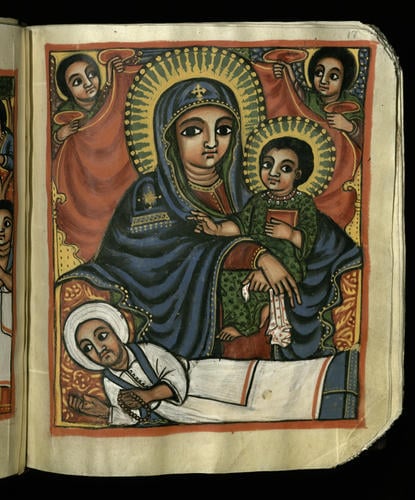
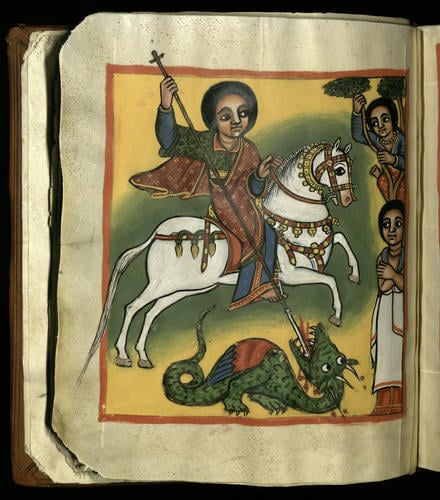














-
An Ethiopian manuscript of the Miracles of Mary written in Geez, the ancient liturgical language of the Ethiopian church.
The cult of Mary, Mother of Jesus, has been a focal point in Ethiopian Christian worship since the 15th century. This popular devotional text (ff. 19r-242r) comprises hundreds of tales of her miracles, first copied into Geez in the fifteenth century from European (Greek or Latin) and Egyptian Coptic (Arabic) accounts and later supplemented with stories of the miracles she had performed locally in Ethiopia. The text opens with an introduction (f.4r) followed by hymns (ff.6r-7v and 9r-18v). Folio 8 is an interpolation of unrelated text in three columns on both sides. It was written by a single scribe, 22-24 lines in 2 columns per page, and is unsigned but dated to the time of King Iyoas, 7258 = 1766 A.D. (see the colophon on f. 242v).
13 paintings illustrate the volume: Full page painting of Christ crowned with thorns, after a 16th century Flemish icon brought to Ethiopia in the 17th century (f. 15v). Known in Ethiopia as ‘Kwerata Reesu’ (The Striking of His Head), the icon depicts the humiliation of Christ before the crucifixion and strongly influenced subsequent Ethiopian painted illustrations of Christ. The icon is said to have been owned by generations of Ethiopian emperors and was carried into battles at the head of their armies. Sudanese forces captured the icon in 1744 and twelve years later returned it on payment of a ransom. It was among the works of art brought taken from Maqdala by Richard Holmes after the Abyssinian expedition and was subsequently sold to a series of private collectors. The manuscript also includes a painting of the Madonna and Child after the Santa Maria Maggiore icon (see the print sewn in to RCIN 1005082) with the patron depicted prostrated below (f. 17v).
The volume is bound in brown calf with blind stamped decoration over wooden boards with textile inlays on the inside covers and the outside edges (top and bottom) of this manuscript have been cut round. It was rebound and re-backed by the India Office in the late 19th century.
This manuscript was among a group of an estimated 1000 manuscripts acquired from churches across Ethiopia by Emperor Tewodros II (d. 1868) intended for the church and library he planned to build at Maqdala, his fortress in Northern Ethiopia. Notes on folio 19v state that it was originally owned by ወልደ፡ ጊዮርጊስ Walda Giyorgis.
In April 1868 British forces led by Lieutenant General Sir Robert Napier laid siege to the fortress to secure the release of British hostages held there (see RCIN 2500869) and Tewodros took his own life. Tewodros’s manuscripts, then stored in huts near his temporary church at Maqdala, were among the items subsequently auctioned as spoils of war. Many of these (approximately 400) were bought by Richard Holmes (see RCINs 917350-2 and 922419) who had been sent by the British Museum as part of the Abyssinian Expedition specifically to acquire antiquities and manuscripts in Ethiopia. Richard Holmes presented sixteen of the manuscripts to Queen Victoria who retained six for the Royal Library (RCINs 1005079-1005084) and in 1869 offered ten back to the Trustees of the British Museum. In 1973 those manuscripts were transferred to the British Library.
See Edward Ullendorff 'The Ethiopic Manuscripts in the Royal Library, Windsor Castle' (Rassegna di Studi Etiopici; v. 12, June-December 1953)Provenance
Originally owned by Walda Giyorgis (f.19r and passim). Later owned by the Church of Madhane Alam at Magdala; acquired by Queen Victoria, c.1868
-
Creator(s)
(nationality)Acquirer(s)
Commissioner(s)
Subject(s)
-
Medium and techniques
Ink and opaque watercolour on vellum.
Measurements
30.5 x 25.5 cm (whole object)
Category